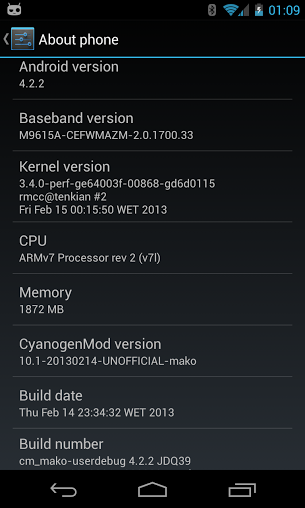

For example, the COMBINEDAPACHELOG grok filter in Logstash can be used to parse an access log entry into structured JSON data. This is particularly useful for HTTP access logs, which use a predictable logging format. I would recommend shipping the logs to Logstash so that the appropriate Logstash filters can be applied to parse the lines into JSON fields. Filebeat can be configured to consume any number of logs and ship them to Elasticsearch, Logstash, or several other output channels.

The easiest way to ship the contents of the application logs to Elasticsearch is to use Filebeat, a log shipper provided by Elastic. Each line of the log becomes an JSON record in Elasticsearch. By sending these logs to Elasticsearch, the information can be indexed and searched for patterns using the Kibana web interface. These logs contain information about the Jenkins process and can be useful to identify problems that may not be easily identified through the user interface. The Jenkins master and slave processes generate application logs on the filesystem. Kibana Search = type: build AND jobName: rest_open AND result: SUCCESS Jenkins Application Logs To avoid this, use a Logstash filter to strip out any unwanted fields:įilter /jenkins-scm/") tQueueInfo(Boolean.TRUE) tBuildInfo(Boolean.TRUE) tProjectInfo(Boolean.TRUE) tBuildStepInfo(Boolean.TRUE) tScmCheckoutInfo(Boolean.TRUE) tShouldSendApiHttpRequests(Boolean.TRUE) Īt the end of the process, what you should have is a collection of Jenkins event messages in Elasticsearch that can then be used in Kibana visualizations and dashboards to make informed decisions about build performance, failure rates, or a variety of other questions.

Builds which publish artifacts can produce unique JSON fields for each Artifact, which can exceed the number of fields allowed for an Elasticsearch index.The /jenkins-/ path at the end is optional, but can be useful to help provide some additional information about which Jenkins event type is being submitted by allowing Logstash filters to be defined on the request_path information.This option is only visible once the “ Advanced…” button is clicked in this configuration section. The “ Enable HTTP publishing?” option must be selected in order for the messages to be sent.The screenshot above shows how the Statistics Gatherer plugin can be configured to send HTTP messages to a Logstash HTTP input plugin listening at. Manage Jenkins -> Configure System -> Statistics Gatherer Once the Statistics Gatherer plugin is installed in Jenkins it can be configured to send messages through the Jenkins UI: Regardless of the solution you choose, the process will essentially be the same. Confluent REST Proxy -> Kafka -> Logstash Kafka input plugin -> Logstash Elasticsearch output pluginįor the sake of simplicity, this article will stick with Elasticsearch products and assume the use of Logstash as a means to ingest events into Elasticsearch.FluentD HTTP input plugin -> FluentD Elasticsearch output plugin.Logstash HTTP input plugin -> Logstash Elasticsearch output plugin.There are many ways to publish events to Elasticsearch. SCM Checkout (when the job checks out files from source control).Job queue (when a job enters or changes state in the job queue).Job step execution (when each step in the job starts and finishes).Job execution (when a build starts and finishes).Project creation (when a job is created, deleted, or updated).Jenkins events correspond to actions that occur on the Jenkins master, such as: One application of this would be to send the messages to Elasticsearch for visualization within the Kibana web interface. The Jenkins Statistics Gatherer plugin can be used to send JSON messages for each event to an external REST endpoint. import .GraphiteServer import .PluginImpl import jenkins.model.* import .InvokerHelper // Construct an object to represent the Graphite server String prefix = "jenkins" String hostname = "" int port = 2003 GraphiteServer server = new GraphiteServer(hostname, port, prefix) List servers = new ArrayList() servers.add(server) GraphiteServer.DescriptorImpl descriptor = Jenkins.getInstance().getDescriptorByType() tServers(servers)

FILEBEATS NIGHTLIES HASH HOW TO
The Groovy code shown below provides an example of how to configure the Jenkins Metrics Graphite plugin to send data to an external system. In such cases, the Jenkins REST API can be used to submit a Groovy script to each instance: curl -v -d "script=$(cat /tmp/oovy)" -user username:ApiToken If you manage a large number of Jenkins instances, configuring these settings through the UI can be tedious.


 0 kommentar(er)
0 kommentar(er)
